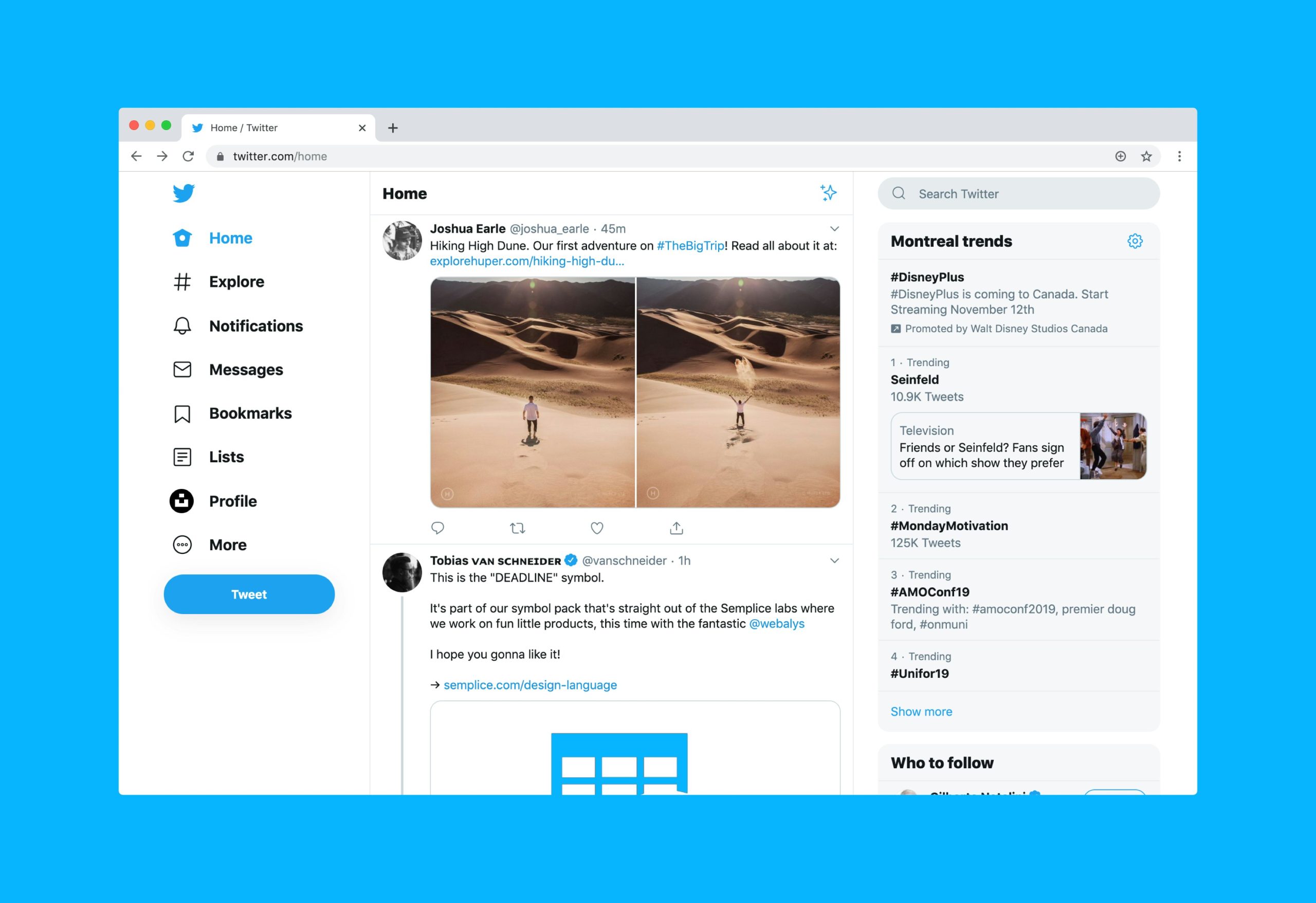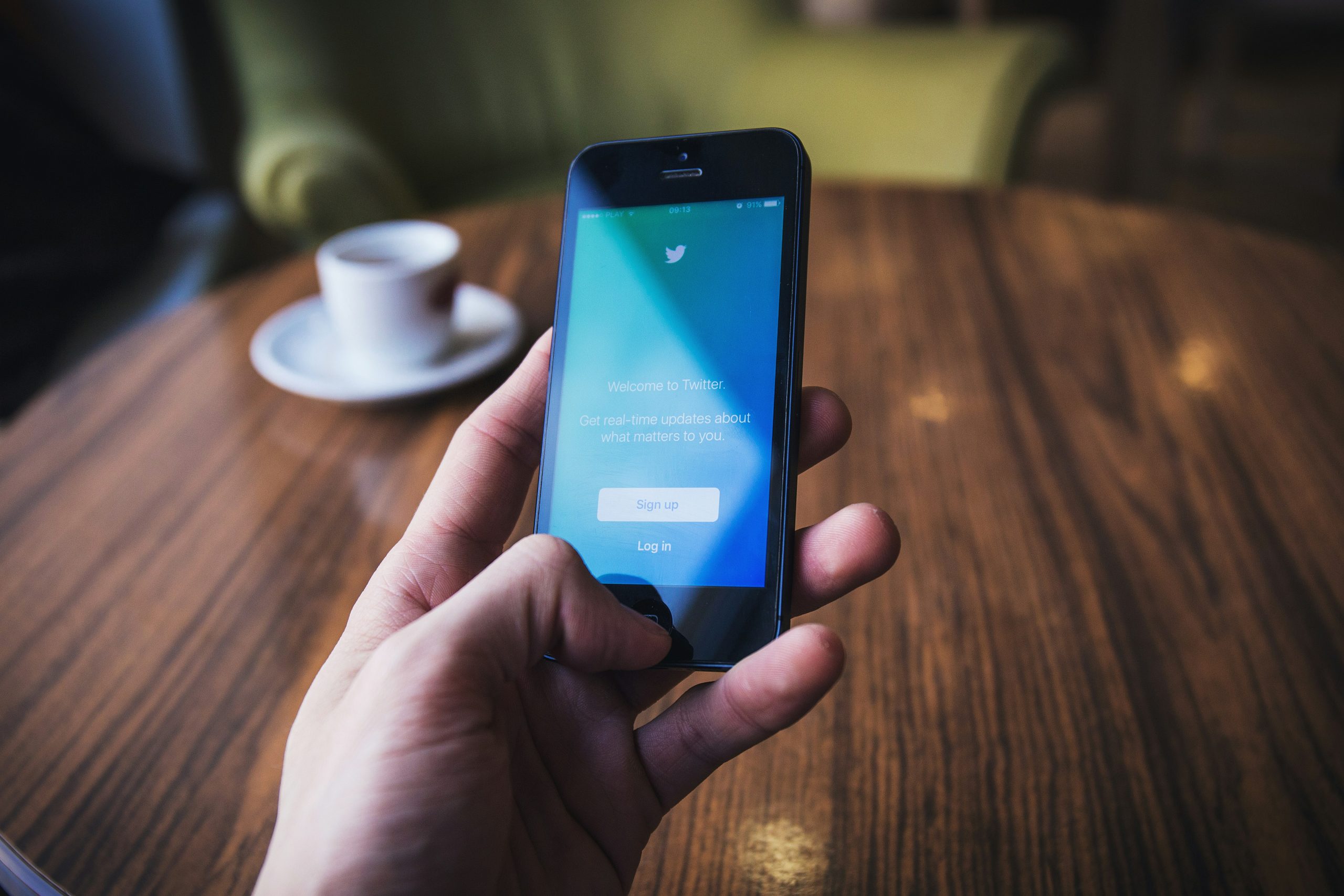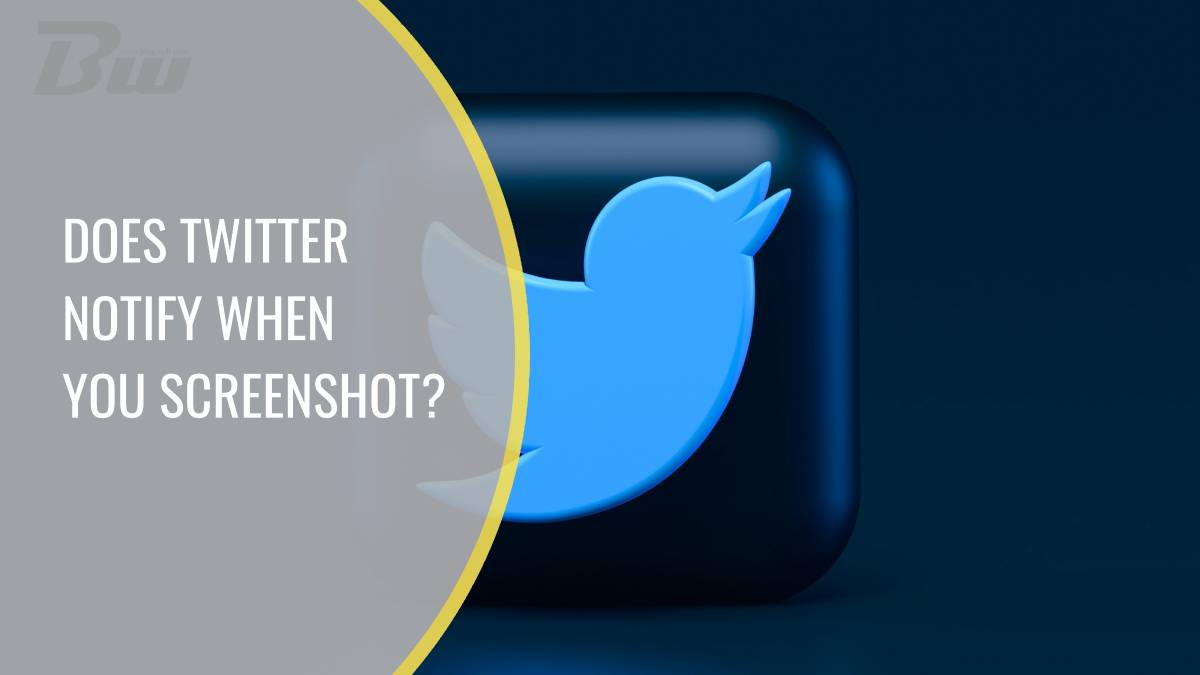Table of Contents
In an age where sharing thoughts in 280 characters or less has become a global phenomenon, Twitter stands at the forefront of our digital conversations. But as we navigate this bustling platform, many users find themselves asking: What happens when we capture those fleeting moments with a screenshot? Picture this: you’ve stumbled upon a tweet so witty or insightful that you feel compelled to save it for posterity. But before you hit that screenshot button, a nagging question lingers—does Twitter notify the original poster of your clandestine capture?
The dynamics of social media privacy are ever-evolving, and understanding the implications behind our actions is crucial in today’s interconnected world. In this article, we delve into the mechanics of Twitter’s notification system and explore common misconceptions surrounding screenshots. From viral memes to poignant statements, we’ll unpack what it really means to preserve someone else’s words digitally—and whether your secret is safe after all. So grab your phone and settle in; let’s demystify the art of capturing tweets without leaving a trace!
How Screenshots Work on Twitter
When you screenshot a tweet, the process may seem mundane, but it reveals intriguing layers of digital interaction and privacy. Unlike platforms like Snapchat, where screenshotted content prompts notifications, Twitter maintains an air of discretion. This means users can capture and share screenshots without alerting the original poster—an aspect that often raises questions about consent and ownership in the digital age. As tweets become snippets of culture, turning moments into memes or preserving fleeting thoughts for later discussion, screenshots serve as a crucial tool for engagement.
Moreover, this lack of notification might foster a double-edged sword; while users feel empowered to engage with content freely or save interesting threads indefinitely, it also permits misuse—spreading misinformation or out-of-context statements without accountability. The anonymity behind taking a screenshot opens avenues for both creative expression and potential harm. For brands and influencers who rely on social media visibility, understanding how screenshots work on Twitter becomes vital in crafting cohesive narratives while navigating an environment where their words may easily be shared yet devoid of context. In essence, the act of capturing a tweet is more than just documentation; it’s a reflection of contemporary communication dynamics that blend spontaneity with permanence.
![]()
Do Other Social Media Notify Screenshots?
While Twitter has made headlines for its screenshot notifications, many users remain curious about the privacy policies of other social media platforms. Instagram, for instance, once experimented with letting users know when someone took a screenshot of their disappearing messages. However, that feature was quietly dropped, leaving many to revel in their ability to capture moments incognito. This inconsistency across platforms raises important questions about user expectations and privacy.
On Snapchat, screenshots have always been flagged because the platform’s appeal hinges on ephemeral content. The notoriety of the Snap revolves around its temporary nature; thus, notifying users serves as a deterrent against inadvertent sharing and enhances trust in the platform’s unique selling proposition. Still, this leaves some users feeling stifled—often preferring more freedom in documenting their experiences without fear of alarming friends or acquaintances.
Meanwhile, Facebook maintains a more laissez-faire attitude towards screenshots—it doesn’t notify users at all when content is captured by another party. This decision emphasizes the network’s focus on open sharing but also begs further discussion about consent and digital boundaries in an era when oversharing can lead to unintended consequences. These dynamics highlight how various platforms navigate the delicate balance between user privacy and engagement strategies—each adopting distinct approaches that reflect their community values while shaping user interactions in different ways.
Twitter’s Privacy Features Explained
Twitter has long been in the spotlight for its approach to user privacy, especially as conversations around online security intensify. Unlike many social media platforms, Twitter does not notify users when someone takes a screenshot of their tweets or direct messages. This lack of notification can be both a blessing and a curse—while it allows for an unfettered sharing experience, it also raises concerns about the potential misuse of content without consent. Users must navigate this ambiguous landscape carefully as they engage with public and private conversations.
Moreover, Twitter’s settings enable users to manage their privacy on multiple levels. From choosing who can see your tweets to restricting direct message interaction only to followers, the platform provides tools tailored for individual comfort zones. New features also allow users to hide replies or limit retweets from people they do not follow, adding another layer of control over personal content dissemination. Understanding these options is crucial for maintaining a safe social media presence amidst rising pressures regarding data privacy and user agency in digital interactions. By leveraging these features effectively, individuals can safeguard their discourse while still participating actively in the vibrant Twitter community.

Current Limitations of Twitter’s Functionality
While Twitter has revolutionized the way we communicate and engage with content, it still grapples with certain limitations in its functionality that can affect user experience. One significant concern is the app’s inadequate privacy features, especially in an era where personal information is highly valuable. Unlike platforms such as Snapchat, which notifies users when their content has been captured via screenshots, Twitter remains silent on this front. This lack of notification means that sensitive tweets or private discussions can be easily shared without consent, leading to potential breaches of trust among users.
Additionally, Twitter’s character limit fosters brevity but also encourages oversimplification of complex issues. With only 280 characters to convey thoughts or respond to queries, nuance is often lost in the maelstrom of quick-fire comments and retweets. Such constraints contribute to misunderstandings and sometimes escalate conflicts rather than cultivate meaningful dialogue. Furthermore, the platform’s algorithm tends to prioritize sensational content over thoughtful discussions, further complicating genuine engagement and leaving many voices unheard amidst the noise.
In essence, while Twitter serves as a vital tool for real-time information sharing and connection-building, it still struggles with critical limitations surrounding privacy and communication depth. As social media continues to evolve at lightning speed, addressing these shortcomings may be essential for fostering a more respectful and authentic online environment where users feel both protected and heard.
Alternatives to Taking Screenshots on Twitter
While screenshots are a popular method for capturing Twitter content, there are several alternative approaches that can enhance your experience and preserve the original intent of the conversation. One effective technique is to use Twitter’s built-in bookmarking feature, which allows you to save tweets directly into your account for easy access later. By using bookmarks instead of screenshots, you avoid altering any visual context and ensure that you’re always referring back to the original source.
Another creative option is to utilize Twitter’s Thread Reader App or similar services, which allow you to unroll long threads into a cohesive read. This not only saves space on your device but also provides a cleaner presentation of extensive discussions, making it easier for you and others to consume. Coupled with tools like Quote Tweet, where you can share a tweet while adding your commentary, these alternatives promote engagement without compromising privacy.
Lastly, consider leveraging screen recording features on your device if capturing dynamic interactions or scrolling through feeds is essential. Not only does this give life to static images by showcasing actual browsing behavior or animated elements within the app, but it also offers footprint-free documentation compared to traditional screenshot methods. These alternatives open up new avenues for sharing and collaboration while respecting user privacy in today’s digital landscape.

Conclusion: Key Takeaways About Twitter Notifications
In summary, understanding Twitter notifications—especially concerning actions like screenshots—offers deeper insights into user privacy dynamics on the platform. While Twitter does not notify users when their tweets or direct messages are screenshotted, this lack of transparency can lead to heightened scrutiny surrounding the implications of digital communication. It encourages a culture of assumption where users may feel exposed or uncomfortable sharing content that they believe is protected.
Moreover, as social media continues to evolve, so too should our awareness of how our digital footprints are managed and perceived. While we enjoy the spontaneity and immediacy Twitter offers, it’s essential to remember that every post can potentially be shared further afield than intended. This calls for personal discernment in crafting public narratives online; after all, being mindful about what we share is key to preserving our personal brand and privacy in an increasingly interconnected world.

